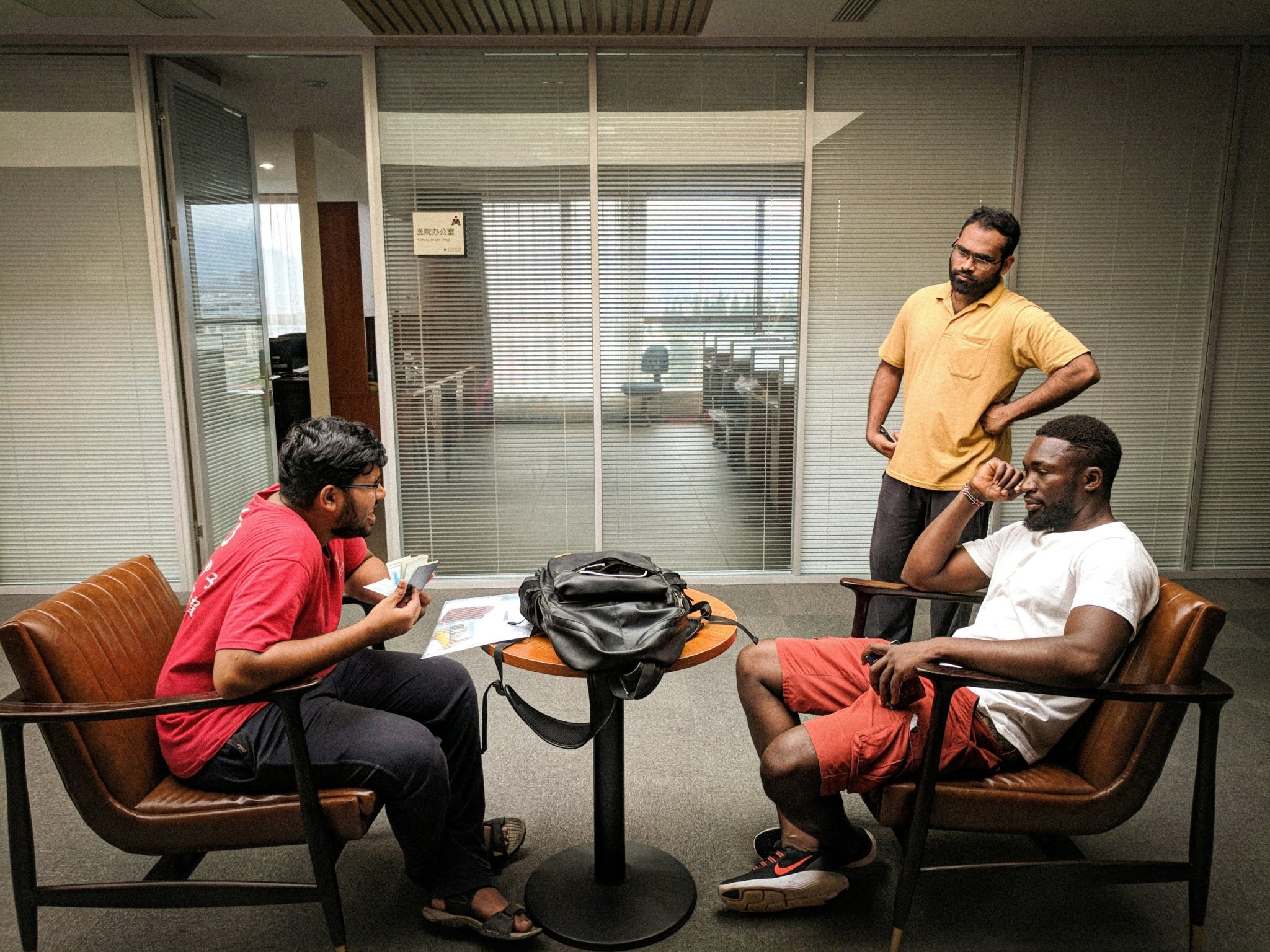How informed media consumption strengthens democratic participation among young people.
Introduction
In an age dominated by digital communication and social media, media literacy has emerged as an essential skill for young people, especially in the realm of political participation. With over 600 million internet users in India, a significant portion of whom are youth, the ability to critically analyze, evaluate, and create media content is vital for empowering young voices in politics. This article explores the transformative role of media literacy in enabling youth to engage meaningfully with political discourse and shape governance.
What is Media Literacy?
Media literacy refers to the ability to access, analyze, evaluate, and create media content responsibly. It equips individuals to distinguish between reliable information and misinformation, ensuring informed engagement with societal issues. For young people in a rapidly evolving media landscape, these skills are critical to amplifying their political voices effectively.
The Need for Media Literacy in Youth Political Engagement
1. Combatting Misinformation and Fake News
The proliferation of fake news and propaganda on digital platforms often misleads young voters, distorting their understanding of political issues.
- Data Insight:
- India ranked among the top countries affected by misinformation, with over 70% of internet usersexposed to false information.
(Source: BBC Misinformation Study)
- Example:
- During the 2019 General Elections, multiple fact-checking initiatives targeted youth to counter misinformation about candidates and policies.
2. Fostering Critical Thinking
Media literacy enables young people to critically analyze political content, evaluate biases, and form their own informed opinions.
3. Amplifying Marginalized Voices
By understanding how to create and share content responsibly, youth from underrepresented communities can use digital platforms to advocate for their rights and amplify their concerns.
The Role of Media Literacy in Political Empowerment
1. Enabling Youth Advocacy
Young individuals trained in media literacy can use digital tools to effectively articulate their political views, mobilize support, and advocate for change.
- Example:
- Social media campaigns led by youth activists, such as those advocating for climate action or gender equality, demonstrate the power of responsible media use.
2. Strengthening Electoral Participation
Informed young voters can access unbiased information about candidates, policies, and voting processes, ensuring higher participation in elections.
- Example:
- The Election Commission of India’s SVEEP Program incorporates media literacy to educate first-time voters about their rights and responsibilities.
(Source: Election Commission of India)
3. Encouraging Responsible Content Creation
Media literacy teaches youth how to create content that is factual, respectful, and impactful, fostering constructive political dialogue.
Challenges to Media Literacy Among Youth
1. Lack of Access to Education
Many schools and colleges do not include media literacy as part of their curriculum, leaving students unprepared to navigate the digital landscape.
2. Digital Divide
Youth in rural areas often lack access to reliable internet and digital tools, limiting their ability to engage with or analyze media critically.
- Data Insight:
- Only 37% of rural households in India have access to the internet, compared to over 70% in urban areas.
(Source: National Sample Survey Office)
3. Exposure to Algorithmic Bias
Social media platforms often use algorithms that reinforce existing biases, presenting youth with a skewed perspective of political issues.
Strategies to Promote Media Literacy
1. Incorporating Media Literacy in Education
Educational institutions should include media literacy programs in their curriculum to equip students with critical thinking and analytical skills.
- Example:
- Initiatives like UNESCO’s Media and Information Literacy program focus on empowering youth globally with media literacy skills.
(Source: UNESCO)
2. Government and NGO Collaboration
Collaborations between governments, NGOs, and private organizations can create workshops and awareness campaigns to promote media literacy.
- Example:
- Organizations like DataLEADS have launched fact-checking workshops for students across India.
3. Promoting Digital Equity
Expanding internet access and digital infrastructure in rural areas can bridge the digital divide, ensuring all youth benefit from media literacy initiatives.
Opinionated Yet Balanced Perspective
Media literacy is not merely an educational tool; it is a cornerstone of modern democracy. By equipping young people with the skills to critically engage with media, society can foster informed citizens who contribute to constructive political discourse. However, addressing systemic barriers like the digital divide and lack of access to quality education is essential to ensure media literacy reaches all segments of India’s youth.
Conclusion
In a world where information is power, media literacy plays a crucial role in empowering youth to engage with politics responsibly and effectively. By fostering critical thinking, promoting ethical content creation, and bridging the digital divide, media literacy can enable young voices to shape governance and contribute to a more vibrant democracy. India’s future lies in its youth, and equipping them with media literacy is a step toward ensuring they are informed, engaged, and impactful citizens.








